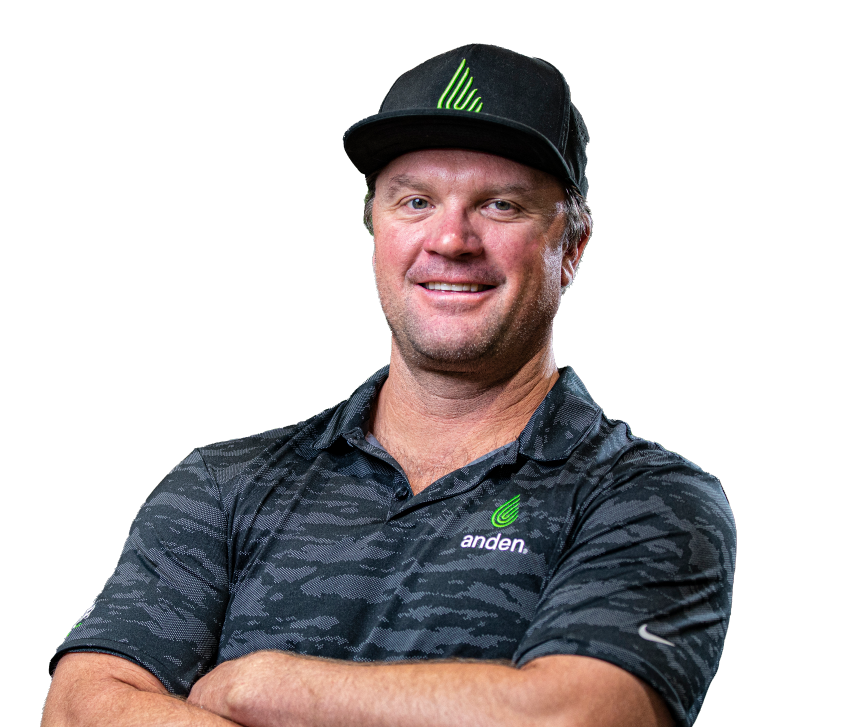Pro Advice: Building A Commercial Indoor Grow Operation

As the legalization of cannabis becomes more prevalent across the United States, it brings with it ample opportunities to start a commercial grow operation.
For growing premium strains of cannabis, indoor growth is essential. (Growing outdoors is typically reserved for extracts, edibles, and CBD.)
So if you’re looking to grow a high-end flower, you’ll need to decide on how to build out the structure that will house your growth operation.
Below you’ll find some expert advice from Randy Lenz, Senior Applications Engineer for Anden.
Benefits of Indoor Grow Operations
Growing indoors gives you total control overgrowth conditions. The ability to monitor and quickly adjust the amount of moisture and light your plants are exposed to will help you achieve maximum yields.
Climates vary widely across the United States, and different regions require unique approaches to the growth process. Regardless of where you’re setting up a grow operation, Lenz says you’ll get the best return from a tightly controlled indoor environment.
“The main driver is an increase in yield that results from a tighter control of the indoor environment,” says Lenz. “Indoor yields can be up to four times that of outdoor yields.
“By growing indoors cross-pollination can be controlled, allowing for multiple strains to be grown in one facility. This is important for retail, high-end cannabis production.”
Greenhouse vs. Warehouse
Indoor operations give you the ability to grow just about anywhere, as long as you choose and maintain the right structure for your needs.
Choosing between a greenhouse and a warehouse is an important step, and the answer will largely depend on the outdoor climate in your region. In general, the more variation in the climate, the more useful it is to have added separation from outside conditions. (Like in a warehouse.)
“Outdoor environmental conditions affect greenhouses far more dramatically than warehouses for obvious reasons,” said Lenz. “Because of this, greenhouses work best in areas with a mild, consistent climate and lots of natural light.”
Retrofitting vs. New Construction
While new construction is always more costly than retrofitting, it allows you to totally customize the space for your unique growing needs.
But if new construction isn’t in your budget and you’re searching for an existing structure, Lenz says you need to first look at the space required for HVAC.
“It’s likely that the existing HVAC will need to be substantially updated, so it is important to have enough physical room for all the required equipment and ductwork.”
Other factors to consider include:
· Location and zoning laws
· Layout – Important to have multiple rooms to avoid cross-pollination
· Tightness – Tightness of the structure reduces energy costs
· Electric Service – Indoor grows require a tremendous amount of power
Equipment Installation
Your region will also determine what equipment you need. For instance, in extremely humid places like the southeast, adequate dehumidification is crucial in preventing mold growth.
Lenz said the installation of Anden dehumidifiers and other equipment depends on the type of structure and the amount of available space.
“In a warehouse, our dehumidifiers are typically hung from the ceiling above the lights to avoid blocking light from the plants.
“In a greenhouse setting, this is often not possible due to structural challenges inherent to most greenhouses, so dehumidifiers are often simply placed on the floor.”
DIG DEEPER, GROW MORE
Get grow room solutions tailored to your exact needs. Take the next step by contacting a supplier today.
GET IN TOUCH